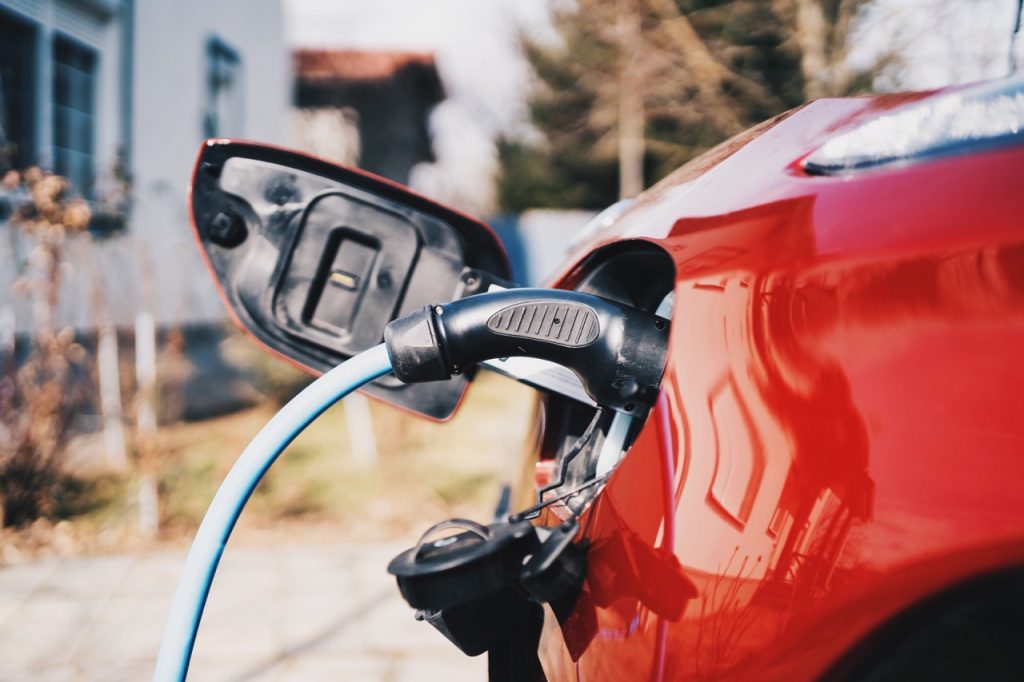Stop for a moment and have a think about the cleaning products under your sink.
Would you be able to list the key ingredients?
If you’re anything like us, and 99 per cent of other people we’ve asked, the answer is probably no.
Doesn’t this blow your mind?! The majority of us have no idea what we’re spraying all over our homes, even food surfaces! These days we’ve educated ourselves about healthy eating and personal care products, but when it comes to healthy cleaning ingredients it’s just something that we haven’t thought about.
Let’s be clear, it’s not your fault. When it comes to ingredient disclosures the cleaning industry is VERY relaxed.
In fact, if you went and had a look at the products under your sink, it’s likely you’ll struggle to find a full list of ingredients. If you’re lucky they’ll list the active ingredients.
So, what’s in the majority of major household cleaning products?
You’d be surprised to know that most spray and wipe cleaners consist of 95-98% water! We’re basically buying water and transporting that all around the country, only to throw out the plastic bottle at the end and repeat the process, over and over again.
The remaining two-to-five per cent of the ingredients are the actives which provide all the cleaning power.
Australian Applied Industrial Chemist, Wayne Thomas says a good cleaning product should consist of the following four things:
- Surfactants – soaps and wetting agents to cut through oil, dirt and grease.
- Builders – chelating agents and water softeners that make detergents work best (phosphates, EDTA, etc).
- pH modifiers – either acidic (citric, phosphoric, etc) or alkaline (KOH, NaOH, MEA, ammonia, etc)
- Fragrance, dye, preservative.
While mainstream cleaning products tick all these boxes (this is why they’re so good at tackling dirt, grime and grease) the unpleasant truth is the ingredients can be harmful to human health and our environment.
According to inhabitat.com, there are over 17,000 petrochemicals available for use in home cleaning products, only 30 per cent of which have been tested for their effects on human health and the environment.
*There are several industrial chemicals used as surfactants that are known allergens, carcinogens, and hormone and reproductive disruptors. The key ones to be aware of in cleaning products include sodium laureth sulfate (sometimes referred to as SLES), PEGs (polyethylene glycols), parfum (artificial fragrances), and triclosan. That’s scary stuff!
It’s not all doom and gloom though. Thankfully many brands are taking it upon themselves to ‘clean’ up the cleaning industry.
Knowledge is power. It’s easy to make the switch to healthier and greener cleaning options by mindfully:
- Choosing products and brands that disclose all ingredients
- Seeking out natural/plant-derived surfactants (cleaning agents) so you’re still getting a powerful clean
- Look for essential oils as fragrances – your nose will also thank you for it.
Just imagine, cleaning could actually be a pleasant experience!
*Sources
David Suzuki in The Dirty Dozen publication
Written by Ami Bateman. CEO and Co-Founder of Pleasant State. Ami is working to prove that ethical decision-making is good for business, people and planet. From her extensive experience in big business and work health and safety, she knows there’s a better way of doing things, particularly when it comes to chemicals and plastics in our homes.



